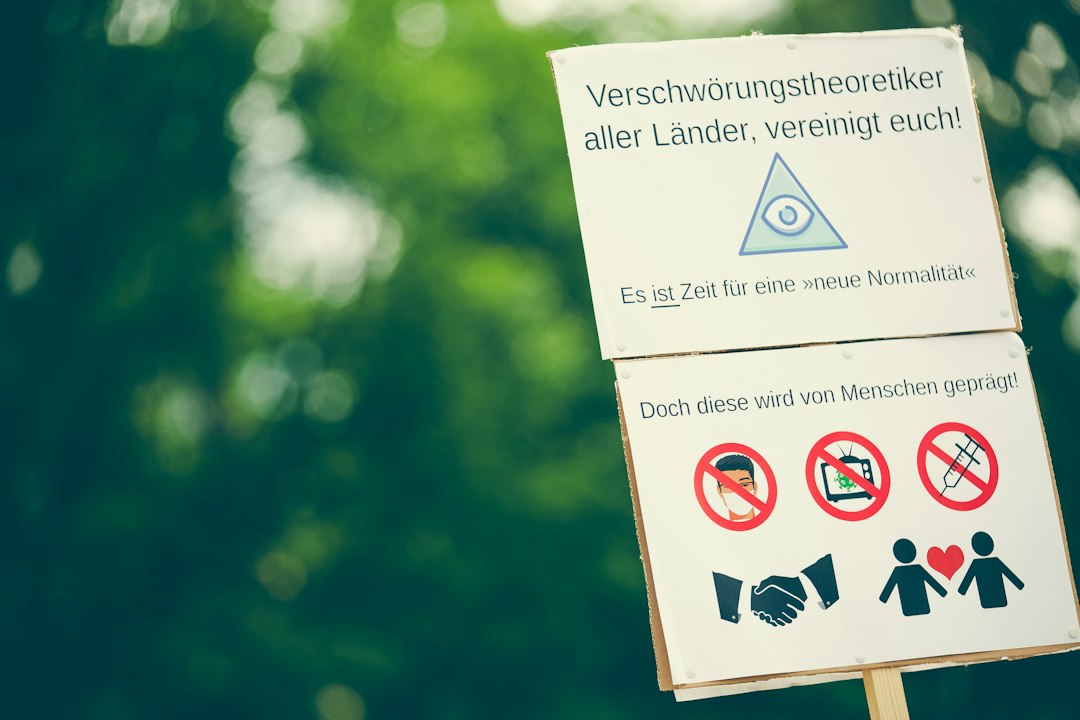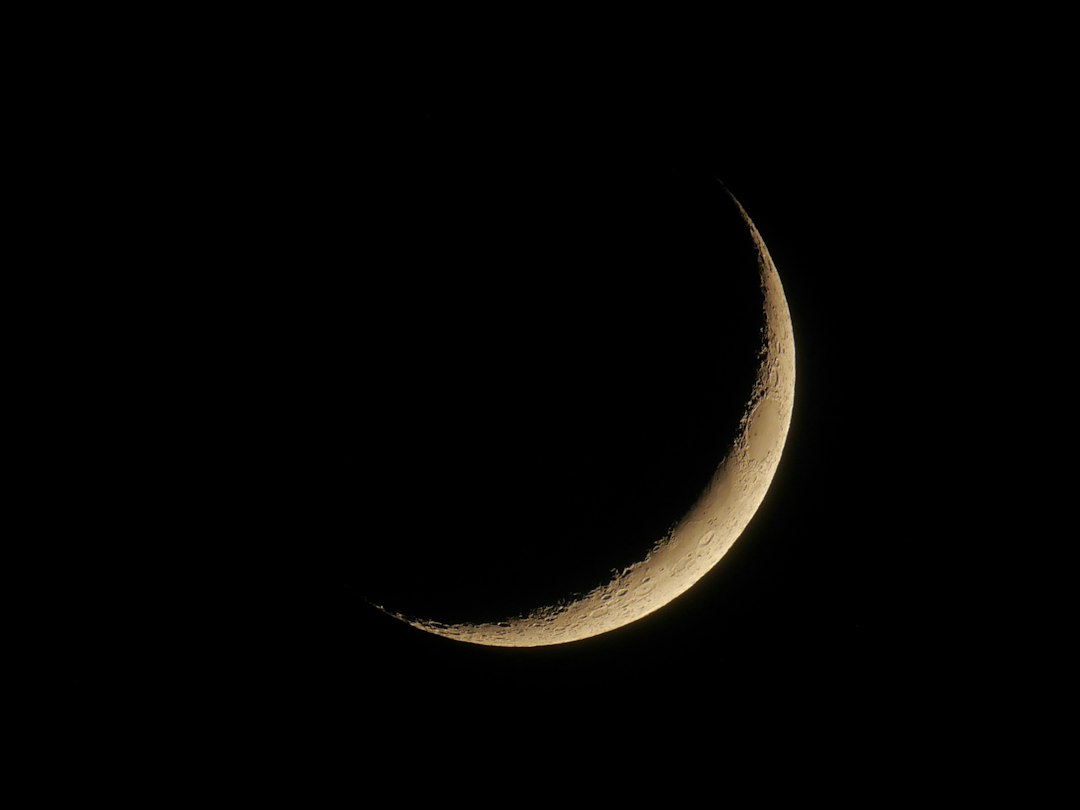Chemtrails, short for chemical trails, are a controversial topic that has gained significant attention in recent years. They refer to the visible trails left behind by aircraft in the sky, which some people believe are not simply the result of water vapor condensation, but rather the deliberate release of chemicals or biological agents by the government or other entities. The controversy surrounding chemtrails stems from the lack of concrete evidence to support these claims, leading many to dismiss them as conspiracy theories. However, there are still those who firmly believe in the existence of chemtrails and their potential harmful effects on human health and the environment.
Key Takeaways
- Chemtrails are a controversial topic that refers to the belief that airplanes are releasing harmful chemicals into the atmosphere.
- The conspiracy theory surrounding chemtrails originated in the 1990s and has since gained traction among some groups.
- Scientific evidence shows that chemtrails are not a real phenomenon and that the trails left by airplanes are simply water vapor and other harmless substances.
- Debunking myths about chemtrails is important to prevent the spread of misinformation and fear.
- The role of government and military in chemtrails is minimal, and there is no evidence to support the idea that they are involved in a secret program to harm the public.
The Origins of the Chemtrail Conspiracy Theory: How did it start?
The origins of the chemtrail conspiracy theory can be traced back to the 1990s when people began noticing unusual contrails in the sky that persisted for longer periods of time than normal contrails. This led to speculation that these trails were not simply composed of water vapor, but rather contained harmful chemicals or biological agents. The theory gained further traction with the publication of a 1996 paper titled “Weather as a Force Multiplier: Owning the Weather in 2025,” which discussed the potential use of weather modification techniques by the military.
Key players in the spread of the chemtrail conspiracy theory include individuals and organizations who have actively promoted and disseminated information about chemtrails. These include independent researchers, activists, and online communities who share their beliefs and findings through websites, social media platforms, and documentaries. The internet has played a significant role in the spread of this theory, allowing for easy access to information and facilitating discussions among like-minded individuals.
The Science Behind Chemtrails: What do we know about them?
Contrails, short for condensation trails, are formed when hot exhaust gases from aircraft engines mix with cold air at high altitudes, causing water vapor to condense into ice crystals. These ice crystals then form the visible trails that we commonly see in the sky. Contrails can persist for varying lengths of time depending on atmospheric conditions, such as humidity and temperature.
The scientific consensus is that chemtrails do not exist and that what people perceive as chemtrails are simply persistent contrails. Numerous studies have been conducted to investigate the composition of contrails, and they have consistently found that they are primarily composed of water vapor and ice crystals. There is no evidence to support the claim that harmful chemicals or biological agents are being deliberately released into the atmosphere through aircraft.
Debunking the Myths About Chemtrails: Separating Fact from Fiction
| Myth | Fact |
|---|---|
| Chemtrails are a government conspiracy to control the population | There is no evidence to support this claim. The trails left by airplanes are simply contrails, which are formed when hot exhaust meets cold air. |
| Chemtrails are harmful to human health | There is no scientific evidence to support this claim. The substances found in contrails are not harmful to human health. |
| Chemtrails are responsible for climate change | Contrails do contribute to climate change, but their impact is minimal compared to other factors such as greenhouse gas emissions. |
| Chemtrails are a form of weather modification | There is no evidence to support this claim. Contrails are simply a byproduct of airplane exhaust. |
Despite the scientific consensus debunking the existence of chemtrails, there are still several myths and misconceptions surrounding this topic. One common myth is that chemtrails are used for weather modification purposes, such as controlling rainfall or causing droughts. However, there is no credible evidence to support these claims, and weather modification techniques are typically conducted through other means, such as cloud seeding.
Another myth is that chemtrails are used for population control or mind control purposes. These claims often stem from a mistrust of government and a belief in secret agendas. However, there is no scientific basis for these claims, and they are largely fueled by conspiracy theories.
Scientific evidence has consistently refuted these myths and provided explanations for the phenomena observed in the sky. The persistence of contrails can be attributed to atmospheric conditions, while the lack of evidence for harmful chemicals or biological agents in contrails further supports the conclusion that chemtrails do not exist.
The Role of Government and Military in Chemtrails: What is their involvement?
One of the main arguments put forth by proponents of the chemtrail conspiracy theory is that government and military entities are involved in the release of chemicals or biological agents through aircraft. However, official statements and explanations from these entities consistently deny any involvement in such activities.
Government agencies, such as the Environmental Protection Agency (EPA) and the Federal Aviation Administration (FAA), have stated that contrails are simply composed of water vapor and ice crystals, and that there is no evidence to support the existence of chemtrails. The military has also denied any involvement in the release of harmful substances through aircraft, stating that their operations are focused on national security and defense.
The Environmental Impact of Chemtrails: Is it harmful to our health?

One of the main concerns raised by those who believe in the existence of chemtrails is the potential environmental impact and health risks associated with exposure to these chemicals or biological agents. However, scientific studies have consistently found no evidence to support these claims.
The composition of contrails has been extensively studied, and they have been found to be primarily composed of water vapor and ice crystals. These substances are naturally occurring and do not pose any significant health risks. The small amount of pollutants emitted by aircraft engines is also not believed to have a significant impact on air quality or human health.
The Economic Implications of Chemtrails: Who benefits from them?
Another aspect of the chemtrail conspiracy theory is the belief that certain industries or individuals stand to benefit from the existence of chemtrails. Proponents of this theory often claim that companies involved in the production of chemicals or biological agents used in chemtrails would profit from their use.
However, there is no evidence to support these claims, and they are largely speculative in nature. The production and distribution of harmful substances on a large scale would require significant resources and infrastructure, which would likely be difficult to conceal. Furthermore, the potential harm caused by such activities would likely outweigh any potential economic benefits.
The Role of Media in the Chemtrail Conspiracy Theory: How has it influenced public opinion?
The media has played a significant role in shaping public opinion on the chemtrail conspiracy theory. While mainstream media outlets have largely dismissed the theory as a conspiracy, alternative media sources and online communities have provided a platform for proponents of the theory to share their beliefs and findings.
The internet has allowed for the rapid dissemination of information and facilitated discussions among like-minded individuals. This has created echo chambers where people can reinforce their beliefs and dismiss opposing viewpoints. The influence of social media platforms, in particular, has allowed for the rapid spread of misinformation and conspiracy theories, further fueling the controversy surrounding chemtrails.
The Psychology of Conspiracy Theories: Why do people believe in them?
The belief in conspiracy theories, including the chemtrail conspiracy theory, can be attributed to several psychological factors. These include a need for control and certainty, a distrust of authority, and a desire to make sense of complex events or phenomena.
Conspiracy theories often provide simple explanations for complex events or phenomena, offering a sense of certainty and control in an uncertain world. They also tap into a general mistrust of authority and institutions, which can be fueled by real or perceived instances of corruption or cover-ups. Additionally, the spread of conspiracy theories is often facilitated by cognitive biases, such as confirmation bias and selective exposure, which lead individuals to seek out information that confirms their preexisting beliefs.
What is the future of the Chemtrail Conspiracy Theory?
In conclusion, the chemtrail conspiracy theory remains a controversial topic that has gained significant attention in recent years. Despite the lack of concrete evidence to support these claims, there are still those who firmly believe in the existence of chemtrails and their potential harmful effects on human health and the environment.
The scientific consensus is that chemtrails do not exist and that what people perceive as chemtrails are simply persistent contrails. Numerous studies have been conducted to investigate the composition of contrails, and they have consistently found that they are primarily composed of water vapor and ice crystals.
The future of the chemtrail conspiracy theory remains uncertain. While the scientific evidence overwhelmingly refutes the existence of chemtrails, the spread of misinformation and conspiracy theories through online platforms continues to fuel the controversy surrounding this topic. It is important for individuals to critically evaluate information and rely on credible sources when forming their beliefs.
FAQs
What is the Chemtrail Conspiracy Theory?
The Chemtrail Conspiracy Theory is a belief that the trails left behind by airplanes in the sky are actually chemicals being sprayed by the government for nefarious purposes.
What do Chemtrail believers think the chemicals are?
Chemtrail believers think that the chemicals being sprayed are a variety of things, including mind control agents, weather modification tools, and even biological weapons.
Is there any scientific evidence to support the Chemtrail Conspiracy Theory?
No, there is no scientific evidence to support the Chemtrail Conspiracy Theory. The trails left behind by airplanes are simply contrails, which are formed when hot exhaust from the plane mixes with cold air in the atmosphere.
Why do some people believe in the Chemtrail Conspiracy Theory?
Some people believe in the Chemtrail Conspiracy Theory because they distrust the government and believe that it is capable of carrying out secret operations without the public’s knowledge. Others may be influenced by misinformation spread on the internet.
What are the potential dangers of believing in the Chemtrail Conspiracy Theory?
Believing in the Chemtrail Conspiracy Theory can lead to distrust of the government and other institutions, as well as a general sense of paranoia. It can also distract from real environmental and health concerns.







